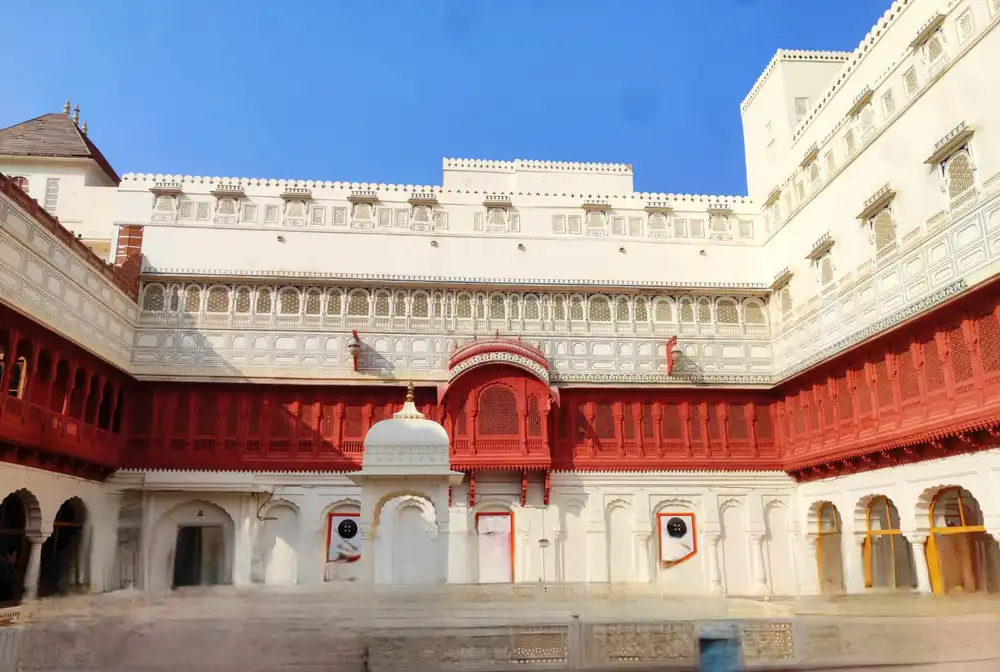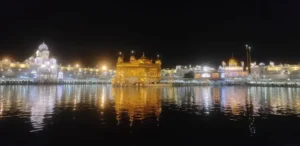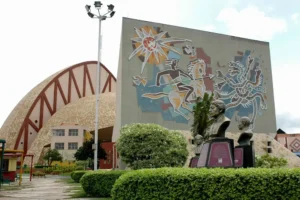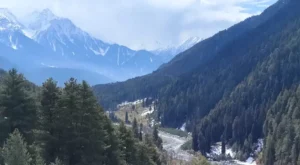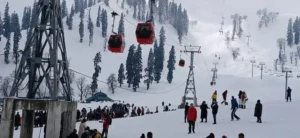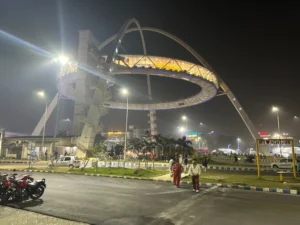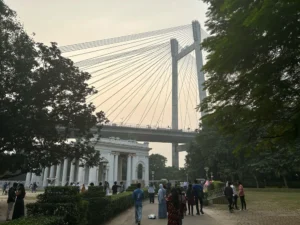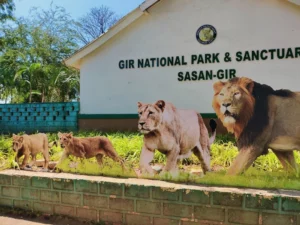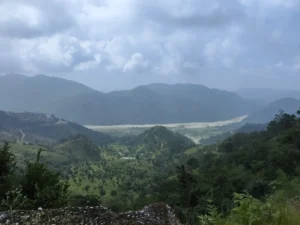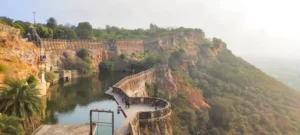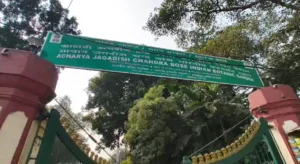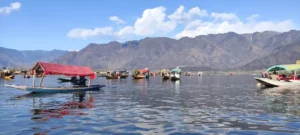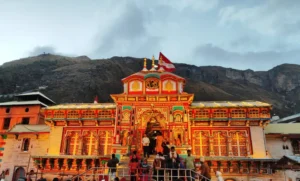Bikaner is a vibrant city in the heart of Rajasthan, invites travelers to explore its rich tapestry of history, culture, and desert landscapes. It is located in the northwest part of Rajasthan, India. Rao Bika, a Rajput chief of the Rathore dynasty, founded the city in 1488. Known for its grand forts, exquisite palaces, and the famous Bikaneri bhujia, the city offers a blend of architectural marvels and traditional Rajasthani charm.
Travel from Delhi to Bikaner:
One can choose train journey, which takes of about 7-8hrs.
There are several bus options from ISBT Kashmere Gate. Rajasthan State Road Transport Corporation (RSRTC) also operates direct buses from Delhi to Bikaner.
You can also travel by car/Bike, take the NH 9 and NH 11, to cover a distance of 450 km. Drive time – 7 to 8 hours
One can choose to fly to Jaipur airport and then avail local cab/taxi to Bikaner.
Travel from Jaipur to Bikaner:
Take a train to travel to Bikaner, for a journey of 5 to 6 hours
You can also opt for Rajasthan State Road Transport Corporation (RSRTC) buses, providing both luxury (AC, Volvo) and ordinary buse options.
Take a car ride via NH62 (Jaipur → Sikar → Ratangarh → Bikaner). NH11 (Jaipur → Chomu → Sikar → Fatehpur → Bikaner) moves through heritage sites, local markets, and traditional Havelis.
Enchanting Allure of Bikaner: Top Tourist Attractions
Junagarh Fort: Bikaner’s Crown Jewel of Rajput Heritage
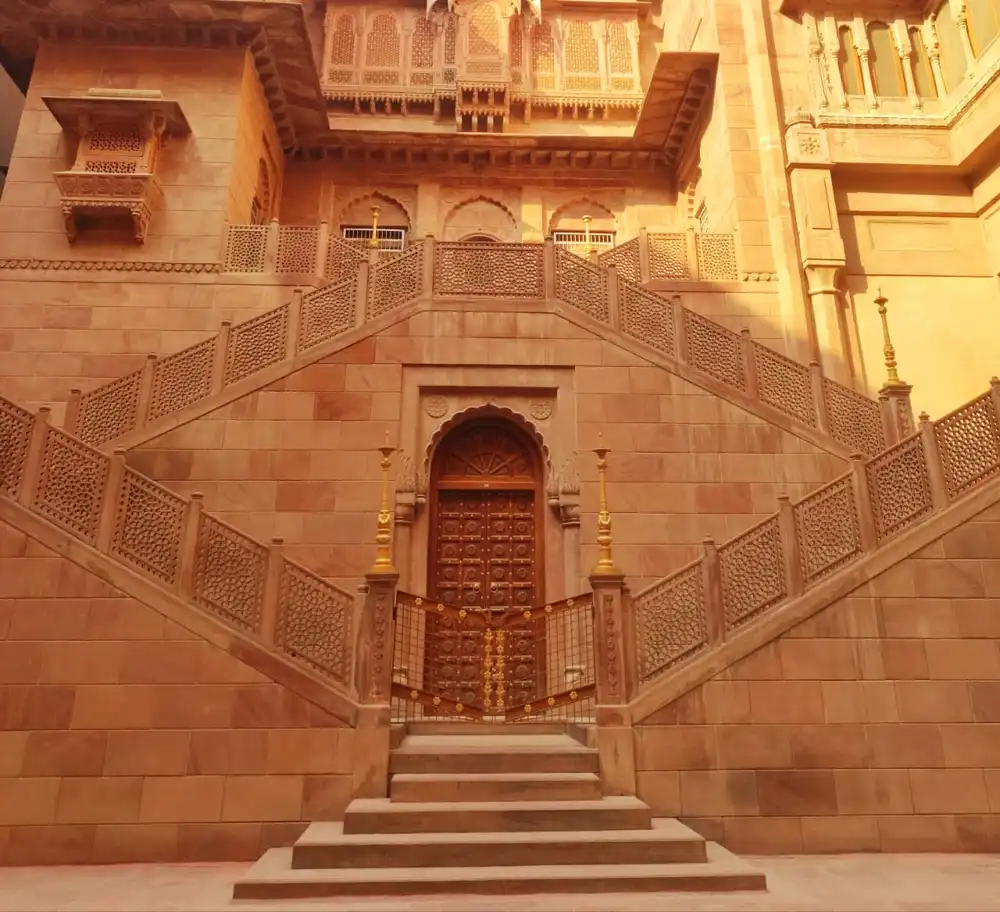
The Junagarh Fort is one of the most iconic landmarks of Bikaner, located in the heart of the city. The fort stands uniquely constructed on the plains, showcasing impressive architectural and engineering prowess. Raja Rai Singh, a general in the army of the Mughal Emperor Akbar built the fort in 1589. The fort complex houses several palaces, temples, and pavilions.
Must-See Attractions Within the Fort: Karan Mahal, Anup Mahal, Phool Mahal, Chandra Mahal, Museum.
Visiting Timings: 9:00 AM to 5:00 PM (daily)
Ticket Prices: ₹50 per person (Indian), ₹300 per person (Foreigner). Audio guides or guided tours may be available for an additional fee.

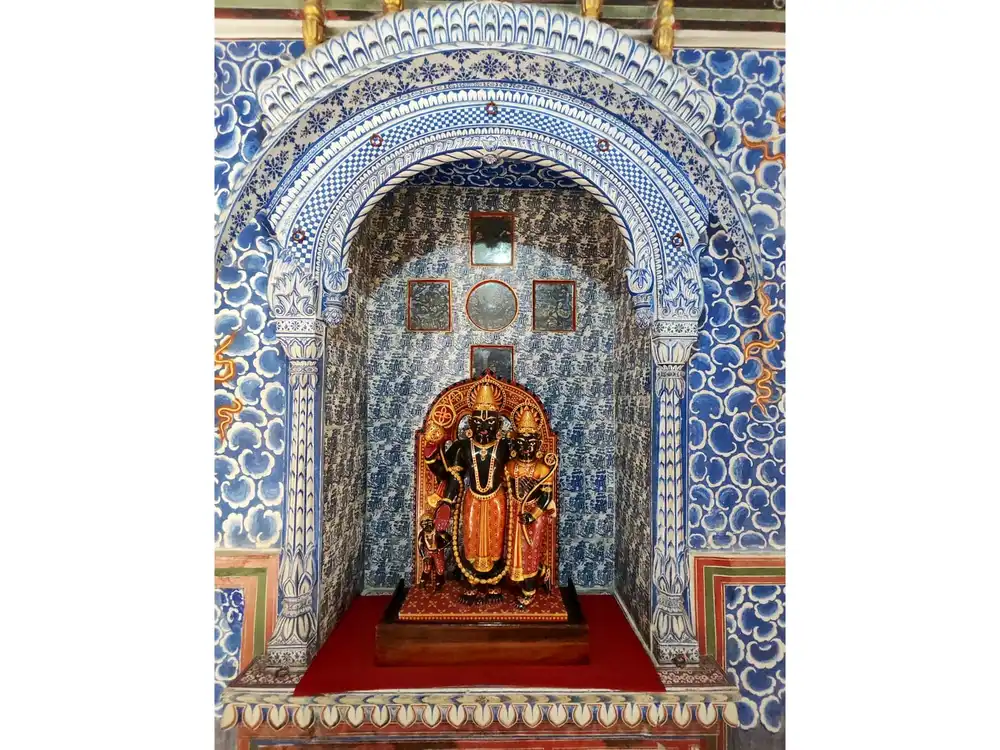
Enjoy the grandeur of Lalgarh Palace:
Lalgarh Palace is known for its majestic Indo-Saracenic architecture, combining Mughal, Rajput, and European elements. Maharaja Ganga Singh, ruler of Bikaner commissioned the palace in between 1902 and 1926, in memory of his father, Maharaja Lal Singh. British architect Sir Samuel Swinton Jacob Designed it.
Today, part of Lalgarh Palace functions as a heritage hotel, offering guests a taste of royal luxury. Since it operates solely as a hotel, they do not allow visitors.
Another section houses the Sadul Singh Museum, dedicated to the lives of Bikaner’s maharajas, showcasing rare photographs, historical documents, and artifacts. You can visit the museum from 10:00 AM to 5:00 PM every day. It has entry fee of ₹30 per person (Indian), ₹100 per person (foreigner)
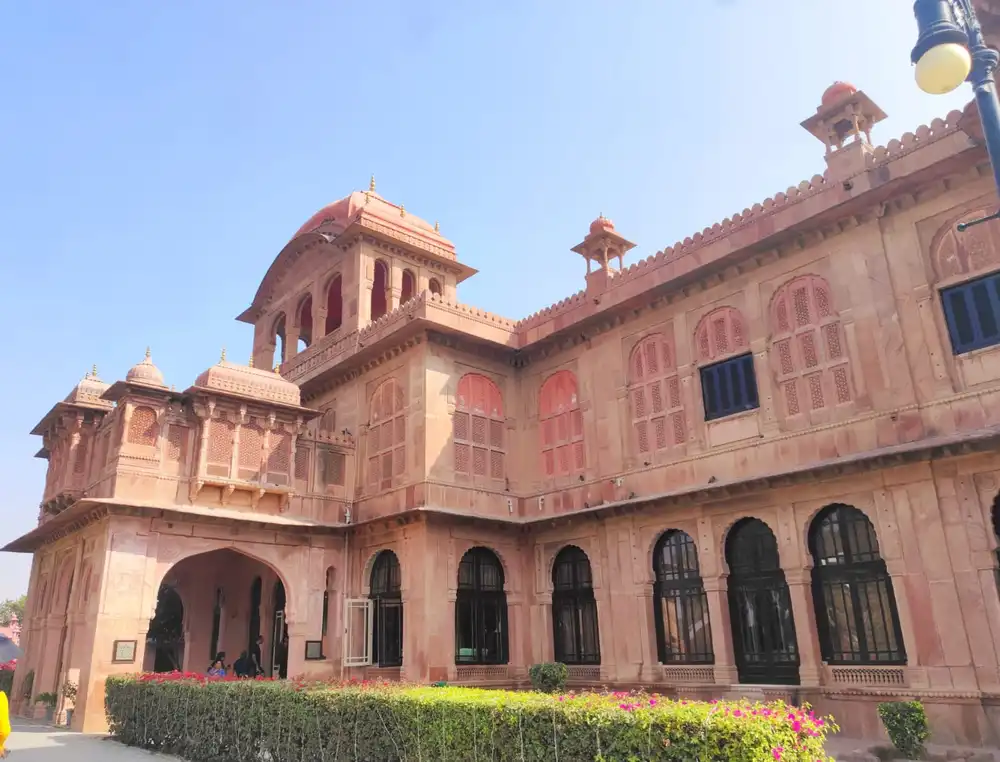
National Research Centre on Camel
National Research Centre on Camel (NRCC) is a premier research institute, dedicated to the conservation, breeding, and improvement of camels, particularly the Bikaneri breed. The center sits about 8 km from the main city of Bikaner.. The center conducts research on camel breeding, genetics, physiology, nutrition, and healthcare. It also works towards the preservation of camel species, especially in arid regions of India.
One can visit from 9:30 AM to 5:30 PM Monday to Saturday. The temple remains closed on Sundays and national holidays.
Entry fee: ₹10 per person (Indians), ₹50 per person (Foreigners).
You can also enjoy camel ride, at a very nominal fee and highly recommended. There are shops selling camel products.
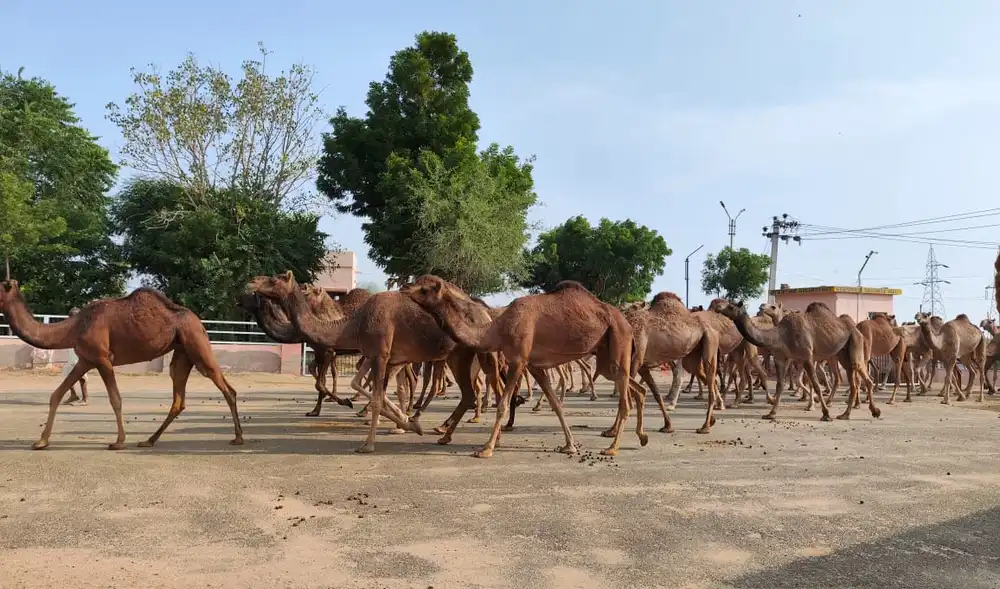
Bhandasar Jain Temple: Marvel of Intricate Art and Legends
This Jain ancient temple is dedicated to the Tirthankara Sumatinatha. Located in the heart of Bikaner, it s known for its exquisite architecture and intricate artwork. A wealthy merchant Bhandasa Oswal built the temple in the 15th century. The temple is renowned for its detailed paintings and murals that depict various scenes from Jain mythology and the stories of Tirthankaras.
Visiting Hours: 5:00 AM– 1:00 PM
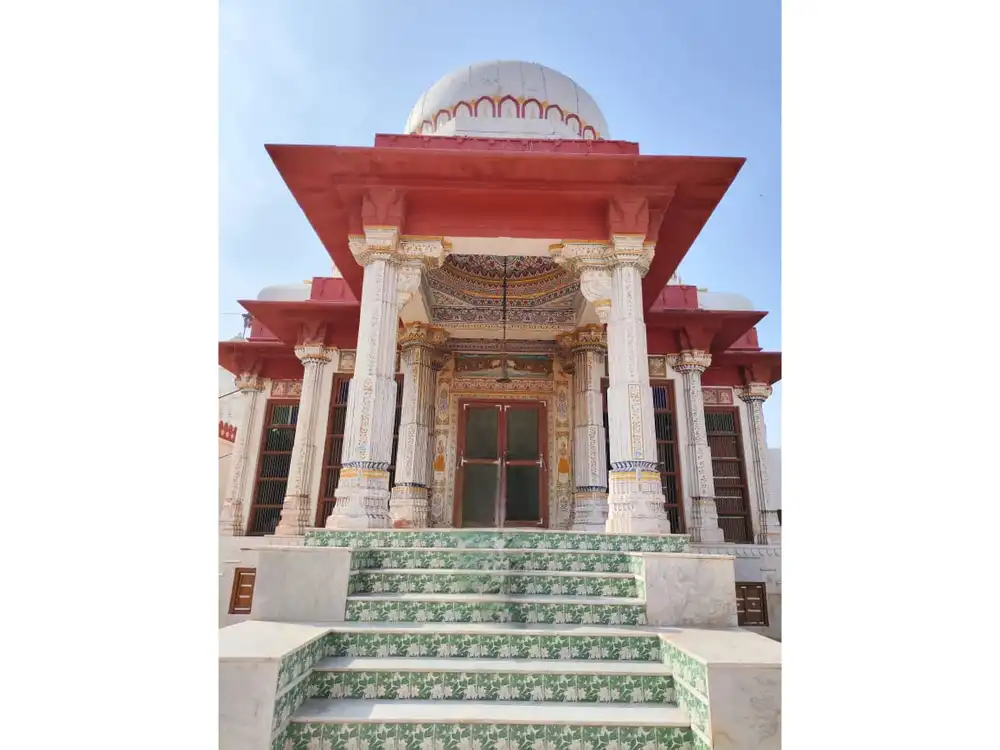
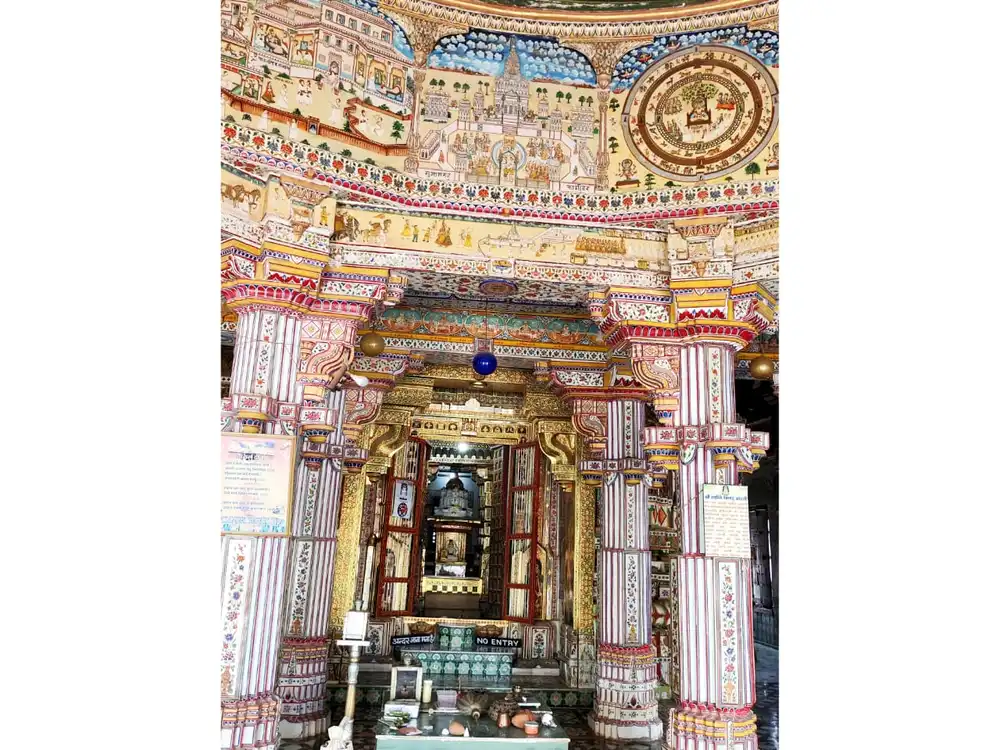
Step Back in Time: Rampuria Haveli
The Rampuria family, one of the wealthiest families in Bikaner during the 19th century, constructed the haveli. It is an excellent example of Rajput and Mughal architecture, featuring detailed woodwork, frescoes, and carvings.
You can enjoy the haveli view from outside, as a visitor. One of the havelis has been restored as a heritage hotel, where guests can reserve a stay and admire the havelis.
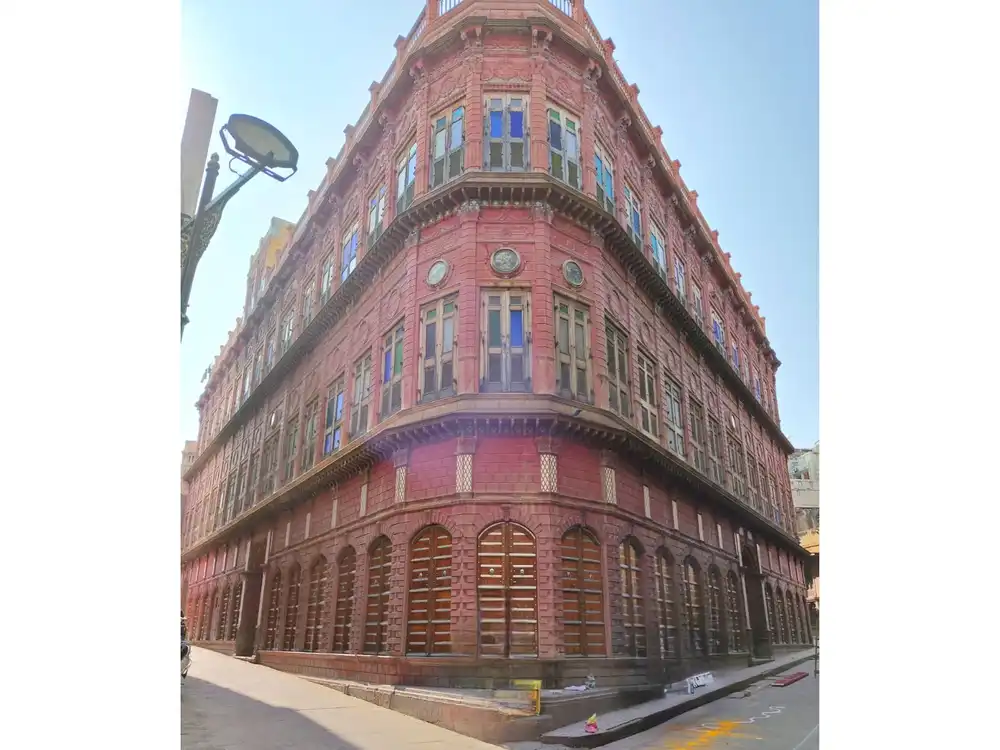
Karni Mata Temple: Sacred Sanctuary of Rats and Mystical Reverence
The Karni Mata Temple in Deshnoke is approximately 30 kilometers (18.6 miles),south of Bikaner. It takes around 30 to 40 minutes to reach the temple by car, depending on traffic.
The temple is open every day from 4:30 AM to 10:00 PM.
Karni Mata, an incarnation of the Goddess Durga, is believed to have divine powers and a special connection with rats. The temple is famous for its large colony of rats that roam freely inside the temple. The rats are called “Kabbas,” and visitors are expected to show respect and avoid harming them.

Flavors of Bikaner:
Bikaneri Bhujia: Known for its crispy texture and spicy taste. It’s a perfect tea-time snack and is available in many shops throughout Bikaner.
Kachori: It’s a deep-fried pastry filled with spicy lentils or potatoes. Pyaaz Kachori (onion-filled) is especially popular.
Ghevar: Deep-fried disc-shaped dessert made from flour, soaked in sugar syrup, and garnished with nuts.
Churma: A traditional dessert made from crushed wheat flour, ghee, and sugar. People typically eat it as part of a meal with dal baati.
Bikaner Namkeens: Bikaner is famous for its wide variety of namkeens (savory snacks), including sev, boondi, mathri, and aloo bhujia.
